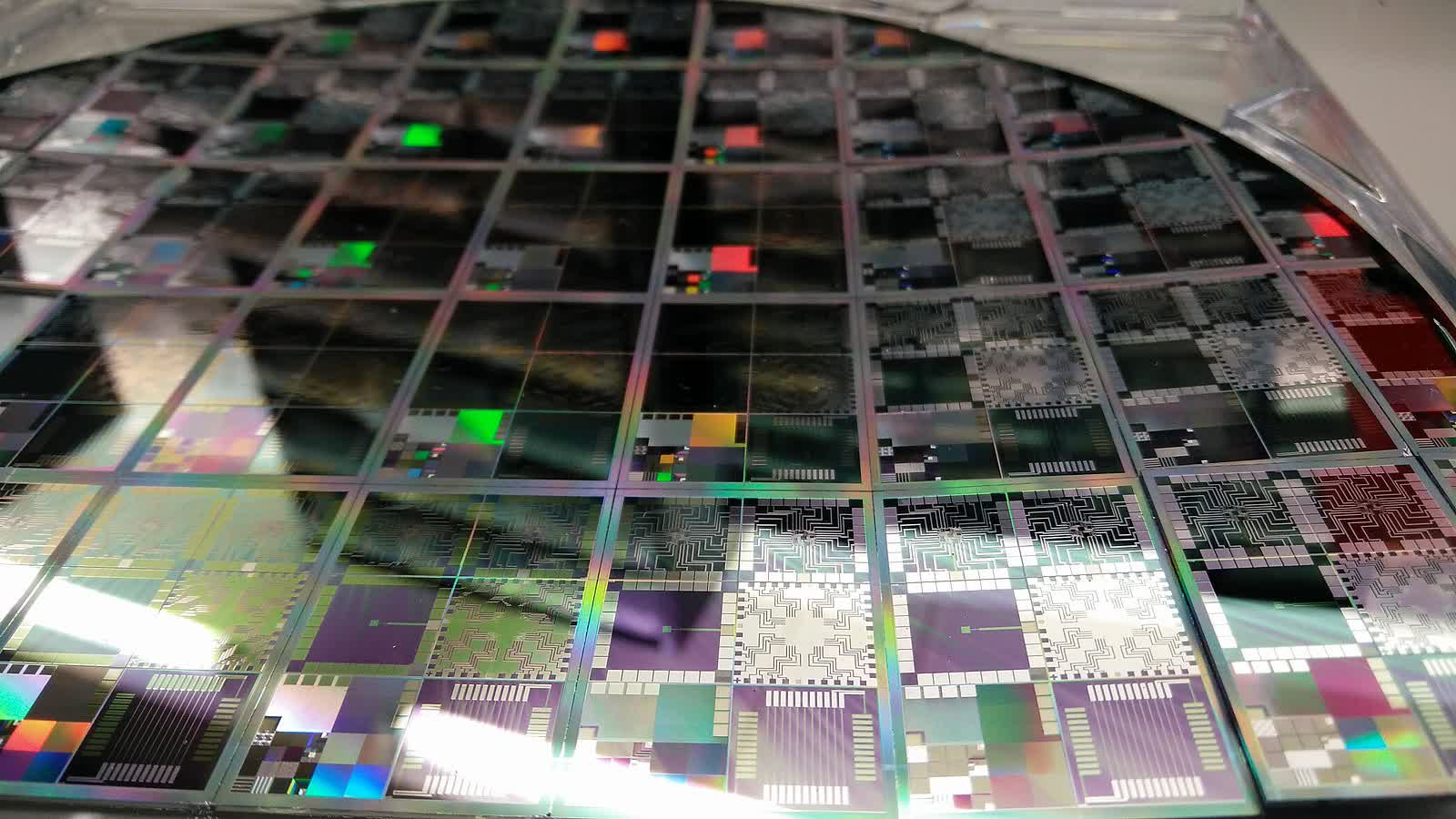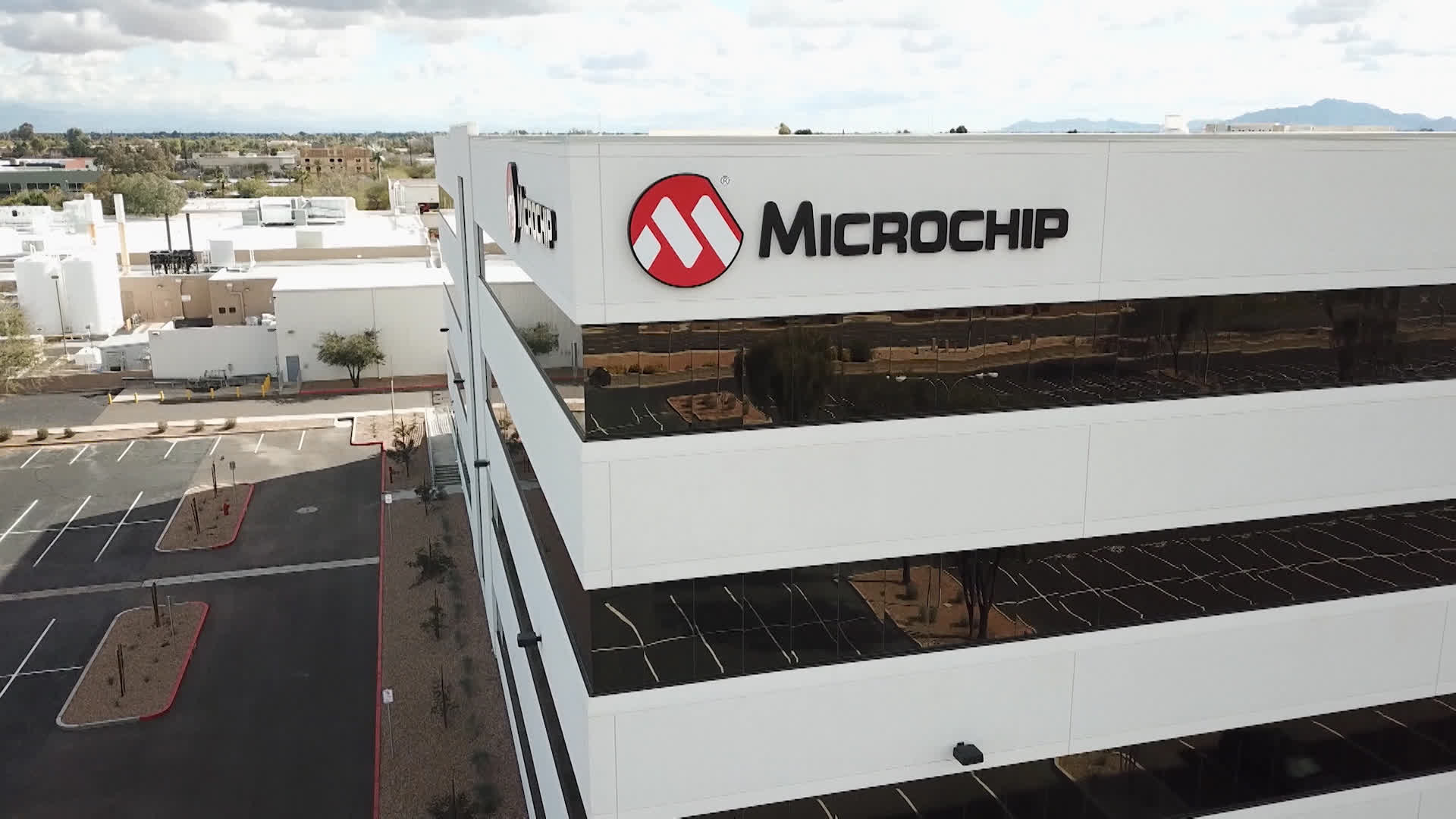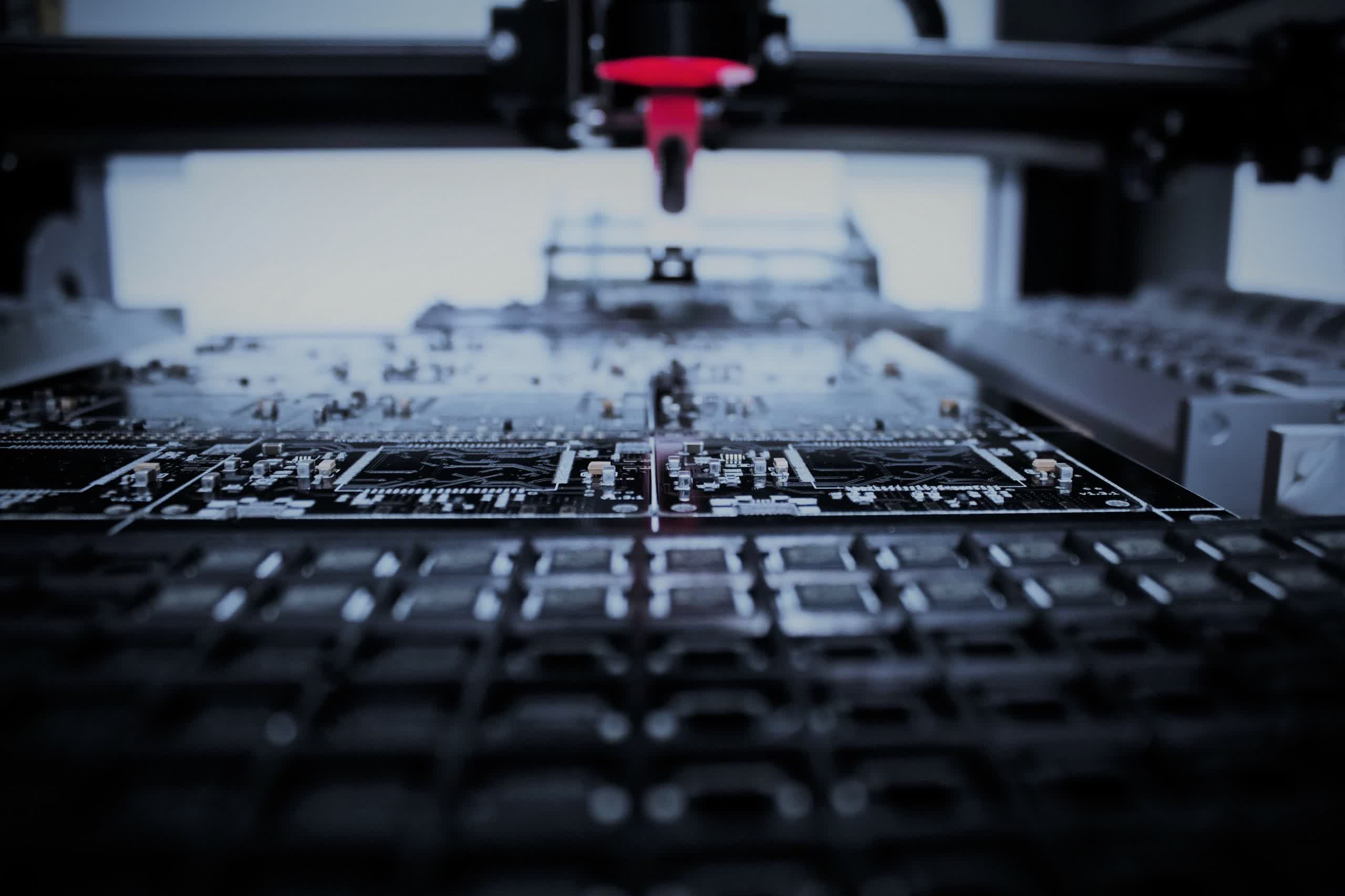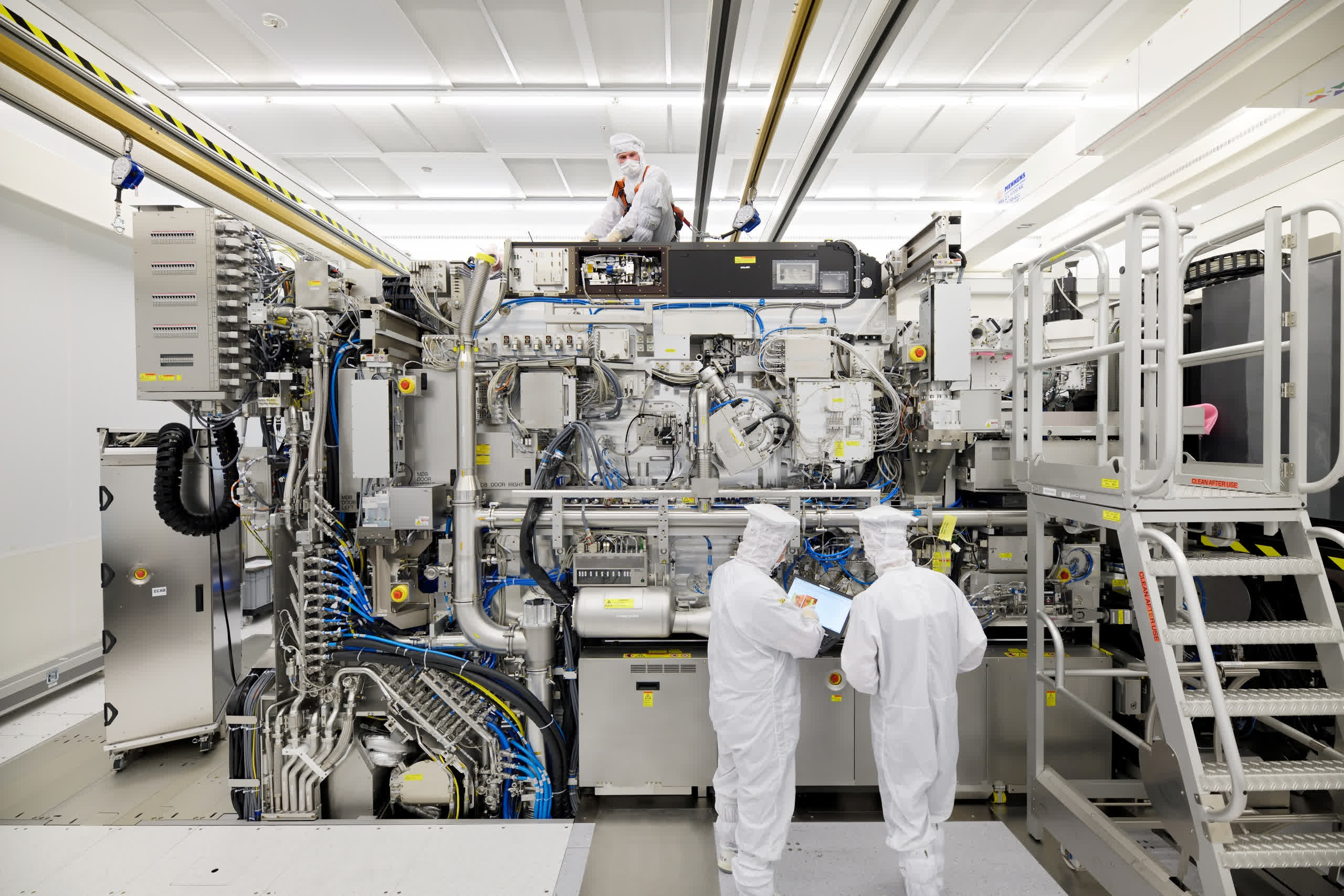Why it matters: According to the Semiconductor Industry Association, global chip sales grew 28 percent in the third quarter to $144.8 billion. There are no signs of this growth slowing down in the foreseeable future, but a particularly interesting side effect is that companies that build chips on older process technology have found themselves in a position of power where they can pick and choose their customers based on who they think will make a great long-term partner.

By now, everyone is familiar with the ongoing chip shortage and how it affects almost everything that’s powered by electronics. The auto industry has seen the biggest impact from this crisis and analysts expect it will lead to a $210 billion loss by the end of this year. As for when we can expect things to improve, the most optimistic forecast is that supply could catch up with demand sometime in the second half of 2022.
Beyond this supply crunch, certain companies that have previously operated in the shadow of giants like TSMC, Samsung, and Intel are now coming into focus thanks to their ability to quickly adapt their business practices to the rapidly-changing semiconductor landscape.

One such company is Microchip, which is known for making microcontrollers that add low-power computing capabilities to cars, home appliances, security systems, medical devices, industrial equipment, and more. In fact, the device you’re using right now has several of these chips that are dedicated to small tasks such as power management, reading data from sensors, translating input from a touch digitizer or keyboard and mouse/trackpad, and more.
This year, demand for Microchip’s products soared so high that it has had trouble keeping up. The Chandler, Arizona-based company can only satisfy two-thirds of that demand, and this situation is the result of a specific business decision made earlier this year.
Microchip used to let customers cancel a chip order within 90 days of delivery, but this year it started prioritizing clients that signed contracts for 12 months or more of orders that couldn’t be canceled or rescheduled.

Interestingly, this strategy worked so well that clients flocked to Microchip and now the company is able to forge ahead with investments in added manufacturing capacity, guided by a constant feedback loop from customers that are acting more like partners.
Other lesser-known chipmakers like STMicroelectronics, Onsemi, Infineon, and NXP Semiconductors have seen a similar increase in demand for their products, which are being manufactured on mature process nodes using aging equipment.
Companies like Intel have offered to help automakers and other clients move to newer process nodes, but we have yet to see any development in that direction. Car companies are reluctant to make such a move due to reliability and cost concerns, as the systems they build need to perform well in a wide range of situations regardless of temperature, vibrations, humidity, and road debris. This is why they prefer older technology that’s already proven it can stand the test of time. Going with a newer technology can also have a domino effect on the design of the cars, which would need to be adapted to work with more advanced chips.

Photo: ASML lithography machine
In the race to build more advanced process technology, foundries like TSMC have had to optimize costs and focus on building new capacity at the bleeding edge. This has opened up new opportunities for chipmakers like Microchip, which are now in a position to profit handsomely from the auto industry’s slow transition to more advanced chips.
The only thing that stands in the way is the brutal reality of having to wait between 12 and 18 months to buy the expensive lithography machines needed to meet the added demand.
https://www.techspot.com/news/92150-chip-shortage-has-giving-low-profile-chipmakers-unexpected.html